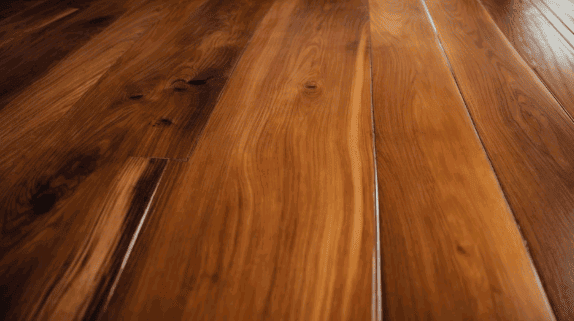
Are you considering using epoxy flooring on wood surfaces but unsure if it's the right choice? In this article, we will explore the benefits of epoxy flooring, including durability, easy maintenance, chemical resistance, and aesthetics. We will also discuss the types of wood that can be coated with epoxy, the steps to prepare wood for epoxy application, and factors to consider.
We will look at alternatives to epoxy flooring on wood, such as polyurethane coating, vinyl planks, laminate flooring, tile flooring, and stained or painted wood. We will provide tips on how to maintain epoxy flooring on wood surfaces. If you're looking to enhance your wood floors with epoxy, keep reading to learn more!
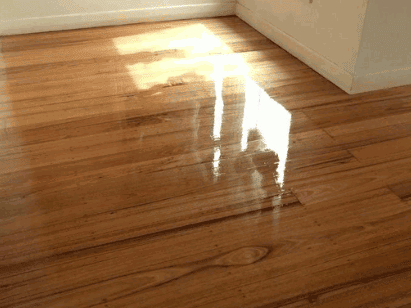
Table of Contents
Epoxy flooring is a type of surface coating that combines epoxy resin with a hardener to create a durable and protective layer over a surface.
This composition makes epoxy flooring highly resistant to chemicals, stains, and abrasions, making it ideal for industrial, commercial, and even residential applications.
The application process involves mixing the resin and hardener and then applying it to a properly prepared surface. Once cured, epoxy flooring provides a seamless and glossy finish that is easy to clean and maintain.
In addition to its durability, epoxy flooring offers a wide range of design options, from solid colors to decorative flakes and metallic effects, allowing for customization to suit any space. Its versatility extends to different surfaces, including concrete, wood, and tiles, making it a popular choice for various flooring needs.
The sealants used in epoxy flooring provide an extra layer of protection, enhancing its longevity and resistance to wear and tear.
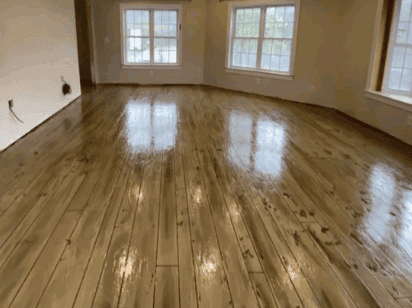
Epoxy flooring offers numerous benefits, including exceptional durability, easy maintenance, high chemical resistance, and the ability to enhance the aesthetics of a space.
One of the key advantages of epoxy flooring is its remarkable longevity, making it a cost-effective option in the long run. The scratch resistance of epoxy coatings ensures that the surface maintains its smooth finish even in high-traffic areas, reducing the need for frequent repairs or replacements. The waterproof properties of epoxy make it ideal for spaces exposed to moisture, such as basements or kitchens, providing an extra layer of surface protection against water damage. The hardwearing finish of epoxy also contributes to its ability to withstand heavy loads and impact, making it an excellent choice for industrial and commercial settings.
Discover: How To Epoxy Garage Floor With Flakes
The durability of epoxy flooring is unmatched, providing a hardwearing, resilient surface that is highly resistant to wear and tear.
This strength and toughness make epoxy flooring ideal for areas that experience heavy foot traffic, such as warehouses, commercial kitchens, and industrial facilities. Its impact resistance ensures that it can withstand the daily grind of forklifts, machinery, and equipment without showing signs of damage or deterioration. Its ability to resist chemicals and stains makes maintenance a breeze, enhancing the overall longevity and appearance of the surface. With epoxy flooring, you can be sure that your floors will stay looking great for years to come.
Epoxy flooring requires minimal maintenance, with simple cleaning routines and occasional resealing to preserve its protective layer and gloss.
Regularly sweeping or hoovering the surface to remove debris and dirt can help prevent scratches and wear on the epoxy finish. For tougher stains, mopping with a mild detergent solution is effective in maintaining the shine of the flooring. Resealing the epoxy every few years can enhance its durability and longevity, providing an extra layer of protection against heavy foot traffic and potential damage. Applying protective sealants can also offer increased resistance to chemical spills and moisture, making the floor easier to clean and maintain in the long run.
Epoxy flooring exhibits excellent chemical resistance, making it a suitable choice for areas prone to spills, stains, and exposure to harsh substances.
Its ability to withstand chemical deterioration makes epoxy flooring a popular option in industrial settings, laboratories, and garage floors. The waterproof nature of epoxy coatings adds an extra layer of protection against moisture intrusion and water damage.
To ensure the longevity of the epoxy surface's protective barrier, regular application of sealants is crucial. Sealants act as a shield, enhancing the durability of the epoxy coating and safeguarding it from wear and tear caused by daily use and environmental factors. Proper sealing treatments play a vital role in maintaining the integrity and performance of epoxy floors over time.
Epoxy flooring not only provides functional benefits but also enhances the aesthetics of a space with its high gloss finish and customizable design options.
The high gloss appearance of epoxy flooring adds a touch of elegance to any environment, creating a sleek and modern look. Its customizable nature allows for a wide range of design possibilities, from unique patterns to vibrant colors. Whether used indoors or outdoors, epoxy flooring has the ability to transform plain surfaces into eye-catching focal points. By choosing epoxy coatings, individuals can elevate the overall look of their spaces, making them more visually appealing and stylish.
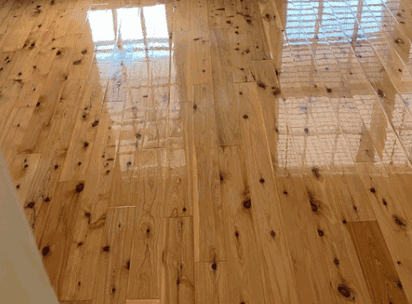
Epoxy flooring can indeed be applied to wooden surfaces, providing a durable and protective coating that enhances the longevity of the wood.
This application process involves thoroughly cleaning and preparing the wooden surface before the epoxy is poured and spread evenly. Once the epoxy cures, it forms a hard, glossy finish that not only protects the wood from moisture, stains, and scratches but also adds a sleek aesthetic to the surface. Epoxy serves as an excellent sealant, preventing water damage and providing a barrier against chemical spills and UV rays that can degrade wood over time. The seamless coating also makes maintenance easier, as it can be simply wiped clean for a fresh look.
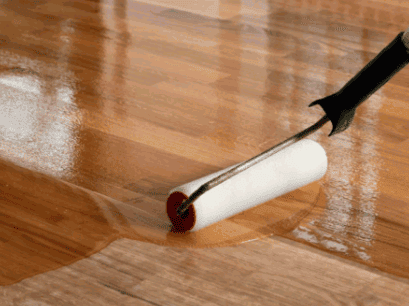
Epoxy flooring can be applied to various types of wood surfaces, including hardwood and engineered wood, to provide enhanced protection and durability.
When considering epoxy coatings on hardwood, it is important to note that they can offer a high level of resistance to scratches, stains, and moisture, making them an ideal choice for spaces with heavy foot traffic or potential for spills.
Engineered wood, with its multiple layers of wood, can also benefit from epoxy applications as it adds an extra layer of strength and longevity.
Regardless of the wood type, proper surface preparation is crucial for ensuring optimal adhesion of the epoxy coating, ultimately leading to a long-lasting finish.
Preparing wood for epoxy flooring involves essential steps such as thorough cleaning, sanding, and applying a primer or sealant to ensure proper adhesion and a smooth finish.
Once the wood surface is prepped, it's crucial to choose the right epoxy coating for woodwork. The application process typically involves mixing the epoxy resin and hardener according to the manufacturer's instructions. This mixture is then spread evenly over the prepared wood surface using a squeegee or roller. It's important to work efficiently during the coating process to avoid uneven application. Proper ventilation is essential to facilitate the curing process and ensure a durable finish. Once the epoxy is applied, allowing sufficient drying time is crucial before subjecting the surface to heavy traffic or furniture placement.
When applying epoxy flooring on wood, factors such as moisture resistance, scratch resistance, and adhesion strength should be carefully considered to ensure a long-lasting and durable finish.
Waterproofing is crucial when protecting wooden surfaces, as it prevents moisture from seeping into the wood and causing damage over time. Scratch resistance helps in maintaining the aesthetic appeal of the flooring, especially in high-traffic areas. Proper adhesion is essential for the epoxy to bond effectively with the wood, ensuring a strong and lasting finish. By enhancing the durability of the wooden surface and effectively sealing the surface, the epoxy flooring not only adds a beautiful aesthetic but also protects the wood from wear and tear, making it a smart choice for long-term protection and longevity.
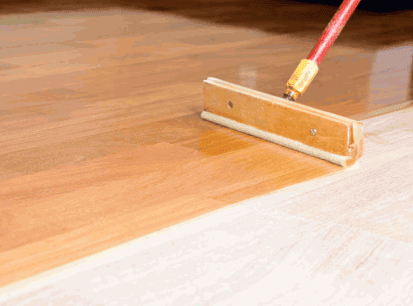
Whilst epoxy flooring is a popular choice for wood surfaces, alternative options such as polyurethane coatings, vinyl planks, laminate flooring, tile flooring, and stained or painted wood finishes offer different aesthetic and functional qualities.
Polyurethane coating is a popular alternative to epoxy flooring for wood, providing a durable sealant and varnish that enhances the natural beauty of the wood surface.
It offers excellent protection against scratches, moisture, and UV rays, making it an ideal choice for high-traffic areas. The versatile nature of polyurethane coatings allows for application on various wooden surfaces, from floors to furniture. In addition to its protective qualities, polyurethane coatings create a smooth and glossy finish that adds a touch of elegance to any room. Unlike traditional varnishes, polyurethane coatings are known for their long-lasting durability and resistance to wear and tear, making them a top choice for homeowners looking to preserve and beautify their wooden floors.
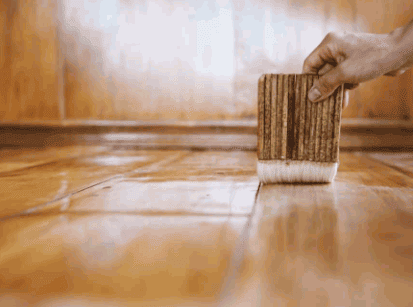
Vinyl planks are a resilient and waterproof alternative to epoxy flooring on wood, offering easy installation, low maintenance, and excellent water resistance.
Their waterproof properties make them ideal for areas prone to moisture, such as kitchens and bathrooms. In addition to being resilient, vinyl planks can withstand heavy foot traffic without showing wear and tear like traditional hardwood floors. With simple maintenance requirements, these floorings can be easily cleaned with a damp cloth, eliminating the need for specialized cleaning products. The protective layer on vinyl planks also helps prevent scratches and scuffs, maintaining the floor's aesthetic appeal for years to come.
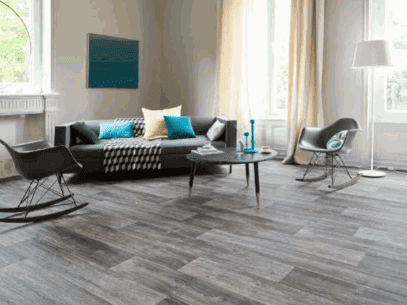
Laminate flooring offers a hardwearing and scratch-resistant alternative to epoxy coatings for timber, providing a durable surface with a variety of design options.
The scratch-resistant finishes on laminate flooring make it an ideal choice for high-traffic areas, such as corridors and kitchens, where durability is key.
The versatile coatings available for laminate floors allow for a range of styles, from realistic timber grain patterns to modern tile designs, offering a cost-effective way to enhance the aesthetic appeal of any room.
With laminate flooring, homeowners can enjoy the beauty of timber without worrying about potential damage or maintenance issues.
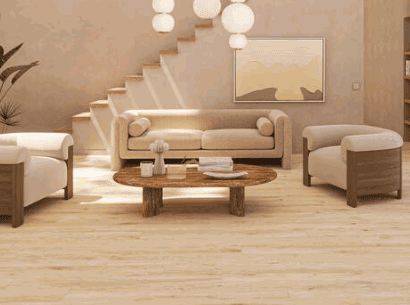
Tile flooring presents a strong and improvement-oriented option for wood surfaces, combining durability with aesthetic appeal for a long-lasting and attractive flooring solution.
By opting for tile flooring on wooden surfaces, you not only add a layer of protection to the wood but also create a versatile and customizable design element. The strength of the tile helps prevent scratches and dents on the underlying wood, prolonging its lifespan. Tile offers a wide range of colors, patterns, and textures, allowing you to enhance the natural beauty of the wood while adding a touch of modernity and style to your interiors or exteriors. This fusion of strength and enhancement can elevate the overall look and feel of your space.
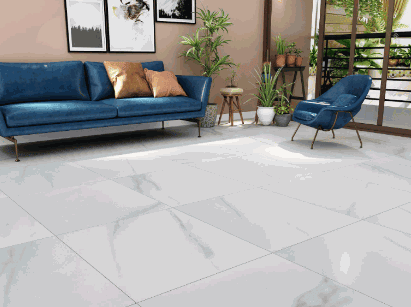
Staining or painting wood surfaces is a versatile way to enhance and repurpose them, offering a cost-effective and customizable alternative to epoxy flooring for wood.
By choosing to stain or paint wood instead of opting for epoxy flooring, one can achieve a unique aesthetic appeal that complements various interior styles. These finishes not only enhance the natural beauty of the wood but also provide an opportunity to breathe new life into old furniture or structures.
The process of staining or painting allows for easy color customization to match specific preferences or design schemes, making it a flexible and creative choice for wood beautification and preservation.
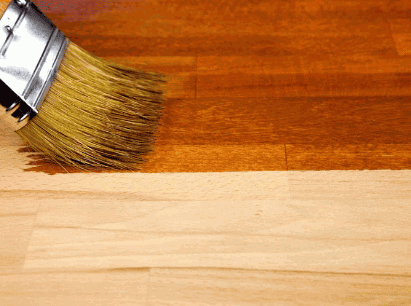
Maintaining epoxy flooring on wood involves regular cleaning, occasional resealing, and addressing any scratches or damages promptly to ensure the longevity and appearance of the surface.
To keep your epoxy flooring looking its best, use a soft-bristled broom or a vacuum with a brush attachment for regular cleaning. Avoid strong chemicals or abrasive cleaning agents that can damage the epoxy finish. For resealing, follow the manufacturer's recommendations for the specific epoxy product used on your wooden surface. Promptly addressing scratches or damages with a wood-safe epoxy filler can prevent moisture from seeping into the wood, maintaining both the protection and visual appeal of your flooring.